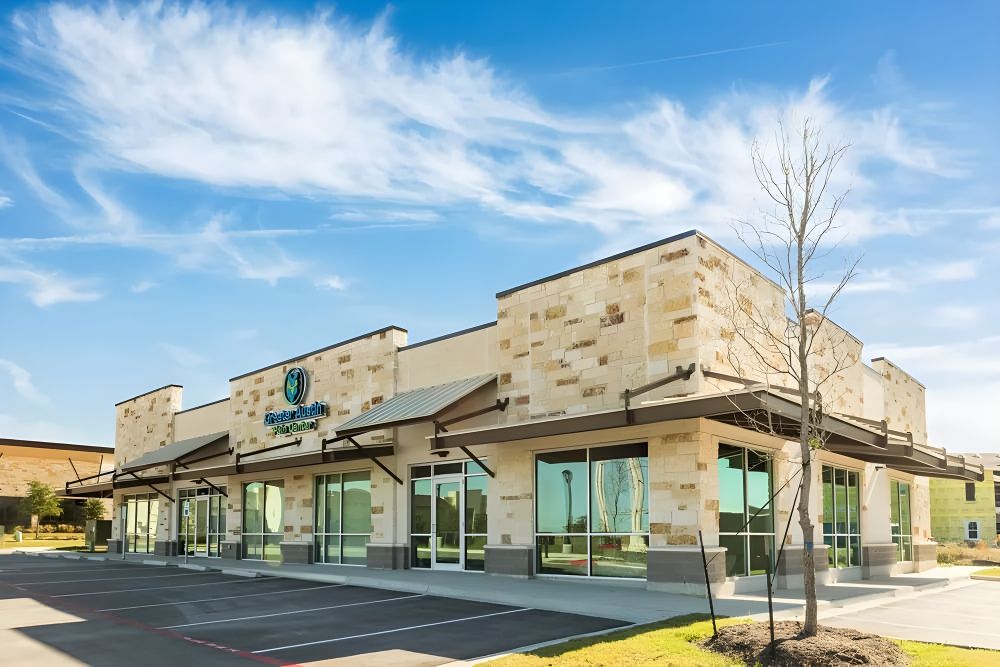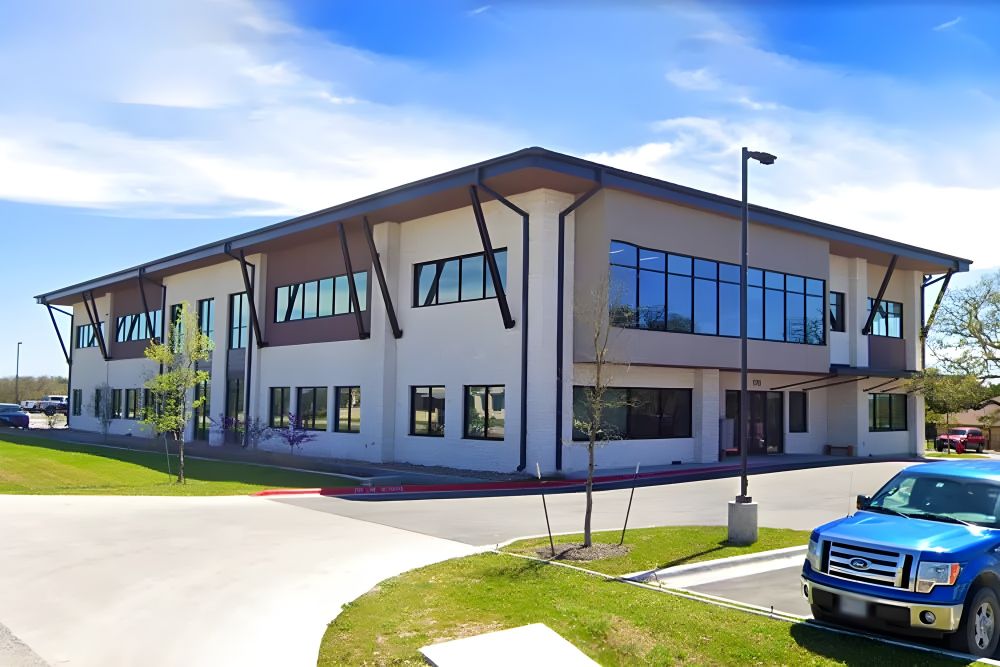Top Causes of Chronic Pain After a Car Accident and How We Treat Them
November 7, 2025

Even a “minor” car accident can have long-lasting effects on your body. While initial soreness or stiffness may fade after a few days, some patients experience persistent pain that lingers for weeks or even months after the crash. At Greater Austin Pain Center, we understand how frustrating it can be when pain doesn’t go away, especially when it starts to interfere with work, sleep, or daily life.
The good news? Chronic pain after a car accident can often be treated effectively without surgery. By identifying the underlying source of your pain, our board-certified pain specialists can create a personalized care plan to help you heal, regain mobility, and get back to the life you love.
Understanding Chronic Pain After a Car Accident
“Chronic pain” refers to pain that lasts longer than three months after an injury. In the case of car accident injuries, this pain can result from untreated soft tissue damage, inflammation, or nerve irritation that fails to fully heal on its own.
Some patients may also experience delayed pain symptoms that appear days or weeks after the accident making it difficult to connect their discomfort to the crash. That’s why early evaluation by a pain management specialist is so important.
At Greater Austin Pain Center, our focus is on uncovering the root cause of your pain, not just masking the symptoms.
The Most Common Causes of Post-Accident Pain
Every accident is unique, but several injury types are commonly linked to long-term or recurring pain. Below are some of the most frequent causes we see in patients recovering from motor vehicle collisions.
1. Soft Tissue Injuries (Whiplash and Muscle Strain)
Soft tissue injuries like whiplash are among the most common causes of chronic pain after a car accident. These injuries occur when the muscles, ligaments, and tendons are stretched or torn during impact.
Symptoms may include:
- Neck stiffness or limited range of motion
- Headaches that start at the base of the skull
- Shoulder or upper back pain
- Fatigue or dizziness
Whiplash symptoms may appear mild at first but can worsen over time if left untreated. At Greater Austin Pain Center, treatment may include targeted injections, trigger point therapy, and physical rehabilitation to reduce inflammation and restore normal movement.
2. Spinal Disc Injuries (Herniated or Bulging Discs)
The force of a car crash can place extreme pressure on the spine, leading to disc herniation or disc bulging, two of the most frequent causes of lingering back pain.
A herniated disc occurs when the soft inner portion of a spinal disc pushes through its outer layer, pressing on nearby nerves. This can lead to pain, tingling, numbness, or weakness in the back, neck, or extremities.
At our clinic, we use advanced diagnostic imaging and procedures like epidural steroid injections and ViaDisc® regenerative therapy to relieve pressure on nerves and promote natural disc healing.
3. Facet Joint Injuries
Facet joints connect the bones of your spine and help you bend and twist smoothly. After a collision, these joints can become irritated or inflamed, a condition known as facet joint syndrome .
This often results in localized back or neck pain that worsens with movement or prolonged sitting. Treatments such as medial branch blocks or radiofrequency ablation (RFA) can provide lasting relief by calming or disrupting the nerves transmitting pain signals from the affected joints.
4. Nerve Damage or Neuropathic Pain
Nerve pain is another common cause of chronic discomfort after a car accident. Compression, stretching, or inflammation around the nerves can cause symptoms that include sharp, shooting, or burning sensations in the arms, legs, or back.
Depending on the type and location of nerve injury, our specialists may recommend nerve blocks, spinal cord stimulation, or peripheral nerve stimulation (PNS) to help regulate nerve activity and significantly reduce pain.
5. Myofascial Pain Syndrome
This condition involves the development of “trigger points” within the muscles, tight, sensitive knots that cause pain when pressed or stretched. Myofascial pain is common after car accidents and may contribute to headaches, shoulder pain, or chronic upper back tension.
Treatment options at Greater Austin Pain Center include trigger point injections, dry needling, and physical therapy to release tight muscles and restore normal function.
How Greater Austin Pain Center Treats Post-Accident Pain
Our approach to post-accident pain treatment goes beyond short-term relief. We focus on long-term recovery, using a combination of interventional procedures, physical rehabilitation, and regenerative medicine to help patients heal more completely.
Each treatment plan is tailored to the individual, but may include:
- Epidural steroid injections to reduce inflammation and nerve irritation
- Facet joint or medial branch blocks for spine-related pain
- Radiofrequency ablation (RFA) for lasting nerve pain relief
- Platelet-Rich Plasma (PRP) injections or ViaDisc® therapy for tissue and disc repair
- Spinal cord or peripheral nerve stimulation for chronic neuropathic pain
- Coordinated physical therapy to rebuild strength and prevent reinjury
Our board-certified pain management physicians perform these treatments in an outpatient setting, allowing most patients to return home the same day with minimal downtime.
Why Early Pain Management Matters
Many patients delay seeing a pain specialist after an accident, assuming the pain will eventually fade. Unfortunately, untreated injuries can worsen over time and lead to chronic inflammation, nerve sensitization, or permanent damage.
Early evaluation allows our team to identify structural or nerve-related issues before they become long-term problems and helps patients recover faster.
For those involved in personal injury or workers’ compensation cases, prompt and documented medical care is also critical for both healing and legal documentation.
Take the Next Step Toward Relief
If you’re still experiencing chronic pain after a car accident, don’t wait to get the help you need. At Greater Austin Pain Center, we’re dedicated to finding the root cause of your pain and offering safe, effective treatments to help you heal and move forward.
We proudly serve patients in Austin, Kyle, San Marcos, and Dripping Springs, providing advanced, non-surgical solutions for accident-related pain.
Schedule your consultation today at one of our convenient locations in Austin, Kyle, San Marcos, or Dripping Springs. Together, we can find safer, more effective solutions for lasting pain relief.

















